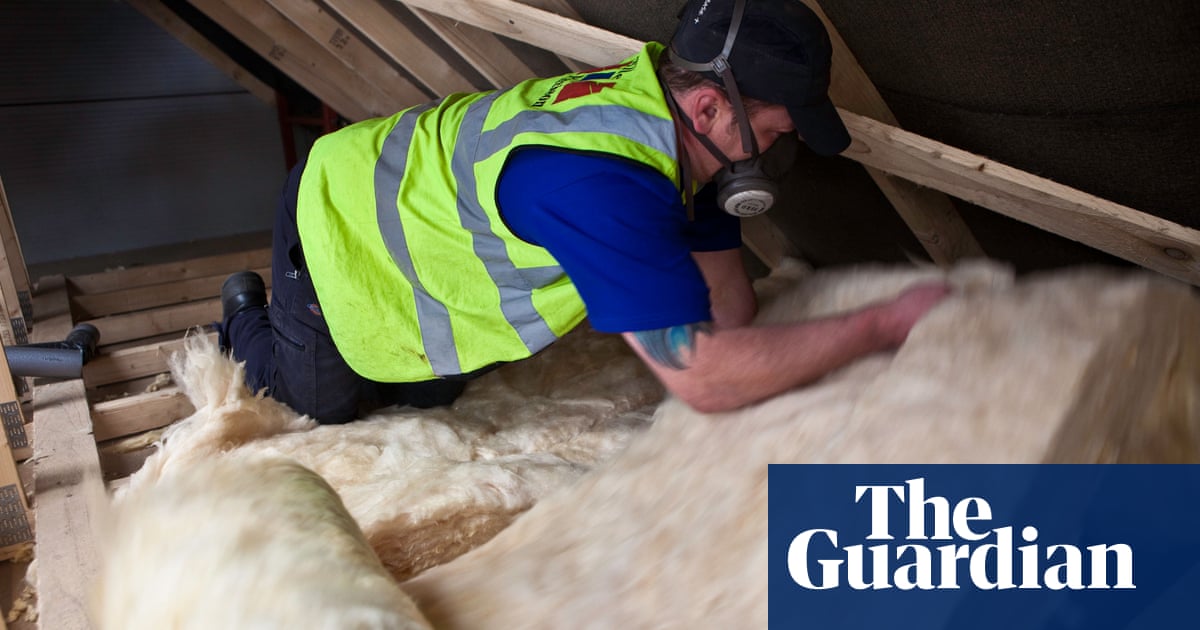
It is a much-loved stretch of Celtic coastline, revered by poetry lovers as the place where Dylan Thomas lived his final years and by thrill seekers as a spot for breaking land-speed records.
Now between Thomas’s boathouse home at Laugharne and the natural fast track of Pendine Sands in south-west Wales, an ambitious project is under way to try to help restore one of the world’s most important and threatened habitats: seagrass meadows.
Two species of seagrass, flowering plants that live in shallow, sheltered bays and provide a vital habitat for species including seahorses, octopuses and cuttlefish and are an important carbon sink, are being grown in ponds fed with seawater pumped in from Carmarthen Bay.
Over the past two years, what is being billed as the UK’s first large-scale seagrass nursery has processed 1.5m seeds collected from sites in Wales and England and grown tens of thousands of plants, the first of which have been introduced into the wild to restore underwater meadows.
The nursery lead, Emily Yates, said: “When we started this, I stood in the polytunnel thinking: I can’t wait until we’re creating meadows of seagrass. When you plant those seeds for the first time, you just hope they grow. And they have, and the first are now out there now creating new meadows and biodiversity is coming back to places that have been bare, barren sand.”
The Guardian was given an exclusive first tour of the nursery. The visit began in a shipping container, the site’s lab. Here they have vessels of seeds harvested from sites in north Wales, mostly from the water around the Llŷn peninsula, and the Solent in southern England. They are processed at a warehouse in Bridgend, south Wales, and stored carefully in conditions that match their natural habitat – quite chilly and salty.
The seeds are then planted at two spots on site. One is a polytunnel where it is possible to control the conditions for delicate young plants – and keep the Welsh rain off the staff.
Yates said the challenge was that there was no manual for growing seagrass plants from seed. “For most plants, there’s at least a dusty Victorian notebook you can find. Not for this.” There are seagrass projects taking place around the world. “But it grows very differently in different areas so we’re writing the handbook here.”
The team has found that planting the seeds in a combination of play sand and a loam often used for council cricket pitches works well. The pools contain the two main UK species eelgrass (Zostera marina) and dwarf eelgrass (Zostera noltii).
Their second growing area is a pond outside where a previous business used to breed worms for fish farms. The water looks dingier but there are signs that growing the plants outside may mean the adults are hardier. “They’re not in the spa-like conditions of the polytunnel,” said Yates. “These plants are a lot darker, there’s a lot more chlorophyll in their leaves. They may be a bit more hardy than the ones in the polytunnel.”
Last month, for the first time, the team sent 1,500 plants each to projects in north Wales and the Solent. “So those are now out there actively restoring and establishing meadows,” said Yates. The team has now also produced plants from seeds taken from seagrass nurtured here, seen as an important breakthrough. “We’re completing the cycle.”
The project is a joint venture by the charity Project Seagrass (which has Coldplay as a patron) and the wetplant specialist Salix, part of the RSK Group.
The UK has lost about 90% of its seagrass meadows, half of which has vanished in the past three decades. A wasting disease caused a drastic reduction in the 1930s, and their replenishment is hampered by increased human factors such as pollution and physical disturbance, including dredging. Project Seagrass argues that without replanting there is not much chance of natural recovery.
At the moment, the seagrass nursery takes up only a small part of the 20-hectare (50-acre) site, which includes 40 pools, 100 metres long. The hope is that over time more of the ponds will be converted into seagrass nursery pools.
Yates said: “We speak to people when we’re out on site who say: ‘Oh, I remember there being seagrass here and swimming through it.’ Hopefully they’ll see it come back. It gives you tingles.”












